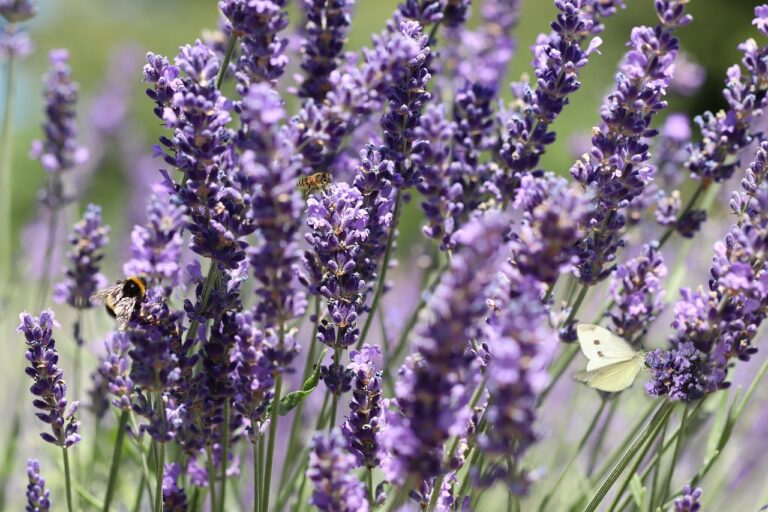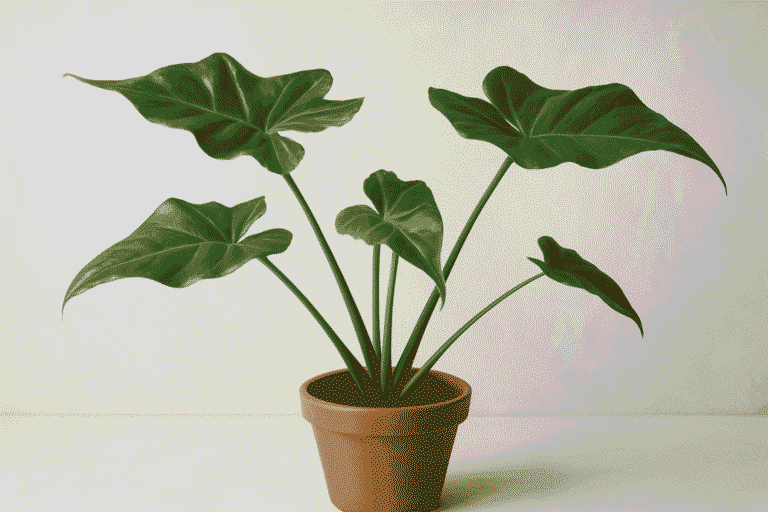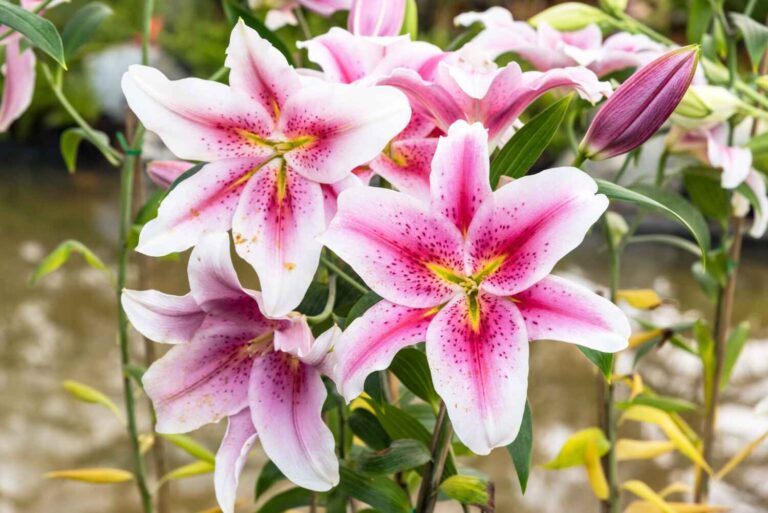How to grow cucumber seeds at home
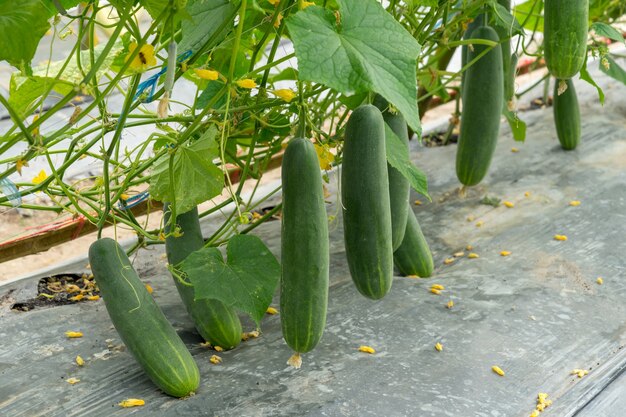
Growing cucumber seeds at home is a rewarding and simple way to enjoy fresh, organic cucumbers straight from your garden. Whether you have a spacious backyard or just a small balcony, you can successfully cultivate cucumbers in pots, raised beds, or even vertical trellises. With the right care, these fast-growing plants will reward you with crisp, refreshing cucumbers perfect for salads, pickles, and snacks.
Starting from seeds gives you the advantage of choosing from a wide variety of cucumbers, including slicing cucumbers, pickling cucumbers, and burpless varieties. Plus, homegrown cucumbers are free from harmful pesticides and packed with flavor. The key to success lies in proper soil preparation, the right temperature, and consistent watering.
In this guide, we’ll walk you through how to grow cucumber seeds step by step, from selecting high-quality seeds to transplanting seedlings and caring for the plants as they flourish. We’ll also share expert tips on avoiding common problems like poor germination, yellowing leaves, and pest attacks.
Whether you’re a beginner or an experienced gardener, this article will help you grow healthy cucumber plants that produce an abundant harvest. So, grab your cucumber seeds, and let’s get started on your journey to homegrown cucumbers!
Essential Tools and Equipment for Planting Cucumber Seeds
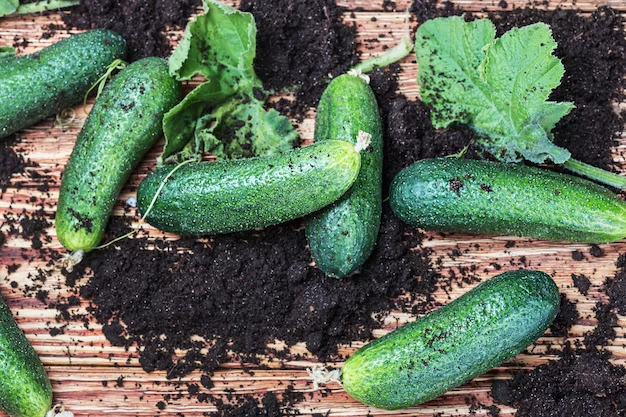
Growing cucumber seeds at home is simple, but having the right tools and equipment can make the process even easier and more successful. Whether you’re planting in pots or a garden bed, a few essential items will help you create the perfect environment for healthy cucumber growth.
First, you’ll need high-quality soil rich in organic matter. A well-draining potting mix or garden soil with compost will give your cucumber seeds the nutrients they need to sprout and thrive. If you’re planting in containers, choose pots or grow bags with good drainage to prevent waterlogging.
A watering can or hose with a gentle spray nozzle is also important to keep the soil moist without washing away the seeds. Since cucumbers love warmth, a seedling heat mat can speed up germination, especially if you’re starting seeds indoors. If you don’t get enough sunlight, grow lights can provide the necessary light for strong seedlings.
Other useful tools include a hand trowel for planting, garden gloves to protect your hands, and a trellis or stakes for support as the plants grow. With these essentials, you’ll be well-prepared to grow cucumber seeds successfully and enjoy a fresh harvest from your home garden! 🌱
Step-by-Step Guide to Plant Cucumber Seeds
1. Sowing the Cucumber seeds
- Sowing cucumber seeds properly is the first step to growing healthy, productive plants. Whether you’re planting in pots, raised beds, or directly in your garden, the right technique will ensure strong seedlings and a successful harvest.
- Start by choosing high-quality cucumber seeds suited for your growing conditions. If you’re planting outdoors, wait until the temperature is consistently above 60°F (15°C), as cucumbers thrive in warm soil. If you prefer an early start, you can sow seeds indoors 3–4 weeks before the last frost.
- Prepare well-draining, nutrient-rich soil by mixing in compost or organic matter. Plant each seed about ½ to 1 inch deep, spacing them 6 to 12 inches apart in rows or containers. If you’re using pots, make sure they have proper drainage to prevent root rot. After planting, gently water the soil to keep it moist but not soggy.
- To speed up germination, you can cover the planting area with a thin layer of mulch or plastic to retain warmth. Within 7 to 10 days, your cucumber seeds should sprout, and once they develop true leaves, they’ll be ready for transplanting or thinning. With proper care, your seedlings will soon turn into strong, vine-growing plants, ready to produce fresh cucumbers! 🌱
2. Germination of Cucumber Seeds
- The germination of cucumber seeds is an exciting stage where tiny sprouts emerge, marking the beginning of your cucumber plant’s growth. With the right conditions, you can expect your seeds to germinate quickly and develop into healthy seedlings.
- Cucumber seeds need warmth, moisture, and oxygen to sprout. The ideal soil temperature for germination is between 70°F to 85°F (21°C to 29°C). If the soil is too cold, seeds may take longer to sprout or fail to germinate altogether. To speed up the process, consider using a seedling heat mat or planting in a warm spot with plenty of sunlight.
- Before sowing, it helps to soak cucumber seeds in water for a few hours to soften the seed coat and encourage faster germination. Once planted about ½ to 1 inch deep in well-draining soil, keep the soil consistently moist but not waterlogged. Using a spray bottle or gentle watering can prevents disturbing the seeds.
- With proper care, you should see the first sprouts emerge within 7 to 10 days. At this stage, ensure they receive adequate light and maintain soil moisture. Once the seedlings develop their first set of true leaves, they’re ready for transplanting or further growth in their containers or garden beds! 🌱
3. Care for the Plant
- Once your cucumber seedlings have sprouted, proper plant care is essential to ensure healthy growth and a bountiful harvest. Cucumbers are fast-growing plants that need the right balance of sunlight, water, and nutrients to thrive.
- First, make sure your plants get at least 6–8 hours of sunlight daily. If you’re growing them indoors, place them near a sunny window or use grow lights to provide enough light. Watering is another key aspect of plant care—keep the soil consistently moist but not soggy. Cucumbers have shallow roots, so regular watering, especially in hot weather, is crucial. Using mulch around the base of the plants helps retain moisture and prevent weeds.
- Feeding your cucumber plants with a balanced organic fertilizer every two weeks ensures steady growth and abundant fruiting. If growing in containers, fertilizers may be needed more frequently. Additionally, cucumbers benefit from trellises or stakes to support their vines and keep the fruits off the ground, reducing the risk of pests and diseases.
- Regularly check for pests like aphids and cucumber beetles, and remove any yellowing leaves to promote airflow. With the right plant care, your cucumbers will grow strong, producing fresh and crunchy harvests all season long! 🥒🌱
4. Monitor for Pests and Diseases
- Keeping your cucumber plants healthy requires regular monitoring for plant care and pests. Cucumbers are prone to several common pests and diseases that can affect their growth and fruit production. A little attention early on can prevent bigger problems later.
- One of the most common pests is the cucumber beetle, which feeds on leaves and spreads bacterial wilt. You might also spot aphids, tiny insects that suck sap from the plant, weakening it. Other culprits include spider mites, which create fine webbing on the undersides of leaves, and whiteflies, which can cause yellowing and stunted growth. To control these pests, use insecticidal soap, neem oil, or introduce beneficial insects like ladybugs.
- Diseases such as powdery mildew and downy mildew can also affect cucumbers, causing yellow or white spots on leaves. To prevent fungal infections, ensure good air circulation by spacing plants properly and avoiding overhead watering. If disease appears, remove affected leaves and apply organic fungicides as needed.
- Regularly inspecting your plants for signs of plant care and pests will help you catch problems early, ensuring your cucumber plants stay healthy and productive throughout the growing season. With proper care, you’ll enjoy a fresh and abundant harvest! 🥒🌱
5. Cucumber Plant Support
- Providing proper cucumber plant support is essential for healthy growth and a productive harvest. Since cucumbers are vining plants, they naturally spread along the ground, but training them to grow vertically has several benefits. It saves space, improves air circulation, and reduces the risk of pests and diseases.
- One of the best ways to support your cucumber plant is by using a trellis, stake, or cage. A trellis allows the vines to climb, keeping the cucumbers off the soil and preventing rot. You can use a simple wooden or metal frame with netting, or even repurpose household items like an old ladder or wire fencing. If you’re growing cucumbers in pots, a small tomato cage or bamboo stake works well.
- As your cucumber plant grows, gently tie the vines to the support using soft twine or plant clips. This encourages upward growth while preventing the stems from breaking under the weight of the fruit. Vertical growth also makes harvesting easier, as cucumbers will hang down rather than hide under dense foliage.
- With the right support, your cucumber plant will thrive, producing cleaner, straighter cucumbers while making the most of your gardening space! 🥒🌱
6. Pollination & Growth
- If you want to successfully grow cucumber plants, pollination plays a big role in getting a good harvest. Cucumbers produce both male and female flowers, and for fruit to develop, pollen must move from the male to the female flower. This usually happens naturally with the help of bees and other insects. However, if you notice your plants flowering but not producing cucumbers, poor pollination could be the issue.
- For gardeners growing cucumbers indoors or in areas with fewer pollinators, hand-pollination is an easy solution. Simply use a small brush or cotton swab to collect pollen from a male flower (which has a thin stem) and gently transfer it to the center of a female flower (which has a tiny cucumber at the base).
- Once pollination is successful, your cucumbers will start growing rapidly. To keep your plants healthy, make sure they get plenty of sunlight, regular watering, and occasional feeding with a balanced fertilizer. Also, trimming excess leaves can improve airflow and help direct energy toward fruit production.
- With proper pollination and care, you’ll be able to grow cucumber plants that produce fresh, delicious cucumbers all season long! 🥒🌱
7. Harvesting Cucumber
- Harvesting cucumber at the right time is key to getting the best flavor and texture. If you wait too long, cucumbers can become overripe, bitter, and seedy. The ideal time to pick them depends on the variety you’re growing, but most cucumbers are ready within 50–70 days after planting.
- A good rule of thumb is to harvest when the cucumbers are firm, evenly colored, and about 6–8 inches long for slicing varieties. Pickling cucumbers are usually harvested when they are 3–5 inches long. Avoid letting them grow too big, as this can slow down the plant’s production.
- When harvesting cucumber, use sharp garden scissors or pruners to cut the stem just above the fruit. Pulling or twisting them off by hand can damage the vine. Once harvested, store cucumbers in the fridge to keep them fresh for up to a week.
- The more you harvest, the more cucumbers your plant will produce! Regular picking encourages the plant to keep growing and developing new fruits. With proper care, you’ll enjoy a steady supply of homegrown cucumbers throughout the season! 🥒🌱
Cucumber Varieties
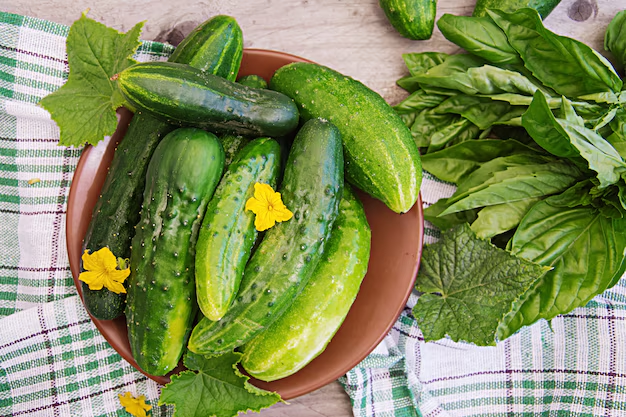
When growing cucumbers at home, choosing the right cucumber varieties can make a big difference in taste, texture, and how they grow. Cucumbers generally fall into two main types: slicing cucumbers and pickling cucumbers.
Slicing cucumbers are larger, typically 6–10 inches long, with smooth, thin skin. These are perfect for fresh eating in salads and sandwiches. Popular cucumber varieties in this category include Marketmore, Straight Eight, and Burpless cucumbers, which are known for their mild flavor and crisp texture.
Pickling cucumbers are smaller, usually 3–5 inches long, with bumpy skin. They are ideal for making crunchy pickles. Common varieties include Boston Pickling, National Pickling, and Kirby cucumbers. These grow quickly and are harvested young for the best results.
There are also specialty cucumber varieties, like Lebanese cucumbers, which are sweet and thin-skinned, and Persian cucumbers, which are seedless and perfect for snacking. For gardeners with limited space, bush or dwarf cucumber varieties like Bush Champion work well in containers.
No matter which cucumber varieties you choose, selecting the right one for your needs will ensure a delicious and productive harvest. With proper care, you’ll enjoy fresh cucumbers all season long! 🥒🌱
Conclusion
Growing cucumber at home is a simple and rewarding experience, whether you have a big garden or just a small balcony. With the right approach—from selecting quality seeds to providing proper care—you can enjoy a fresh, homegrown supply of crisp cucumbers throughout the season.
By using well-draining soil, ensuring proper watering, and giving your plants the support they need, you set them up for healthy growth. Paying attention to pollination, checking for pests, and harvesting at the right time will further improve your success. Plus, with so many cucumber varieties available, you can choose the perfect type for fresh eating, pickling, or snacking.
The best part? Cucumbers are fast growers, and the more you harvest, the more they produce! Whether you’re a beginner or an experienced gardener, cucumbers are one of the easiest and most rewarding vegetables to grow.
So, why not start planting today? With a little patience and care, you’ll soon be enjoying the crunch of homegrown cucumber in your salads, sandwiches, and homemade pickles. Happy gardening! 🥒🌱
Frequently Asked Questions
Cucumber seeds usually germinate within 7 to 10 days, depending on temperature and moisture levels.
Using a trellis, stake, or cage helps cucumbers grow vertically, saving space and preventing disease.
Cucumber plants need consistent moisture—water them 2–3 times per week, keeping the soil slightly damp but not soggy.
Use a small brush or cotton swab to transfer pollen from the male flower to the female flower to ensure fruit development.
Harvest cucumbers when they are firm, evenly colored, and about 6–8 inches long for slicing varieties or 3–5 inches for pickling types.
Common pests include cucumber beetles, aphids, and spider mites—using neem oil or insecticidal soap can help control them.
Table of Contents
- How to grow cucumber seeds at home
- Essential Tools and Equipment for Planting Cucumber Seeds
- Step-by-Step Guide to Plant Cucumber Seeds
- 1. Sowing the Cucumber seeds
- 2. Germination of Cucumber Seeds
- 3. Care for the Plant
- 4. Monitor for Pests and Diseases
- 5. Cucumber Plant Support
- 6. Pollination & Growth
- 7. Harvesting Cucumber
- Cucumber Varieties
- Conclusion
- Mona Lavender Plant: Complete Growing Guide for Beginners
- Alocasia Stingray Plant Guide: Tips for Healthy Growth
- Pink Lilly Flower: Growing and Caring for Pink Lillies

